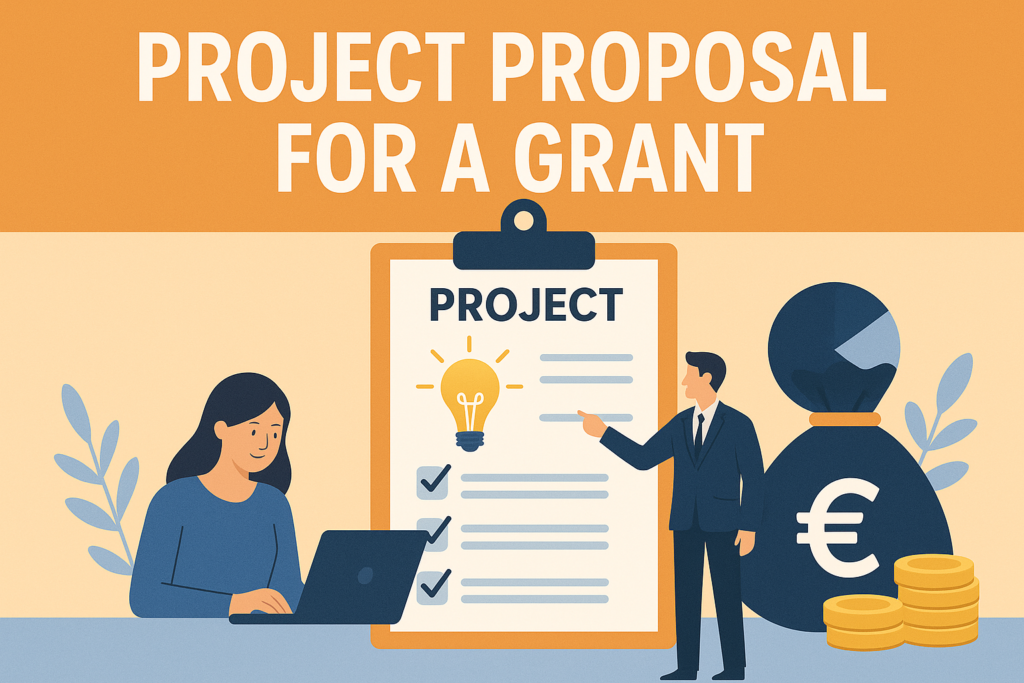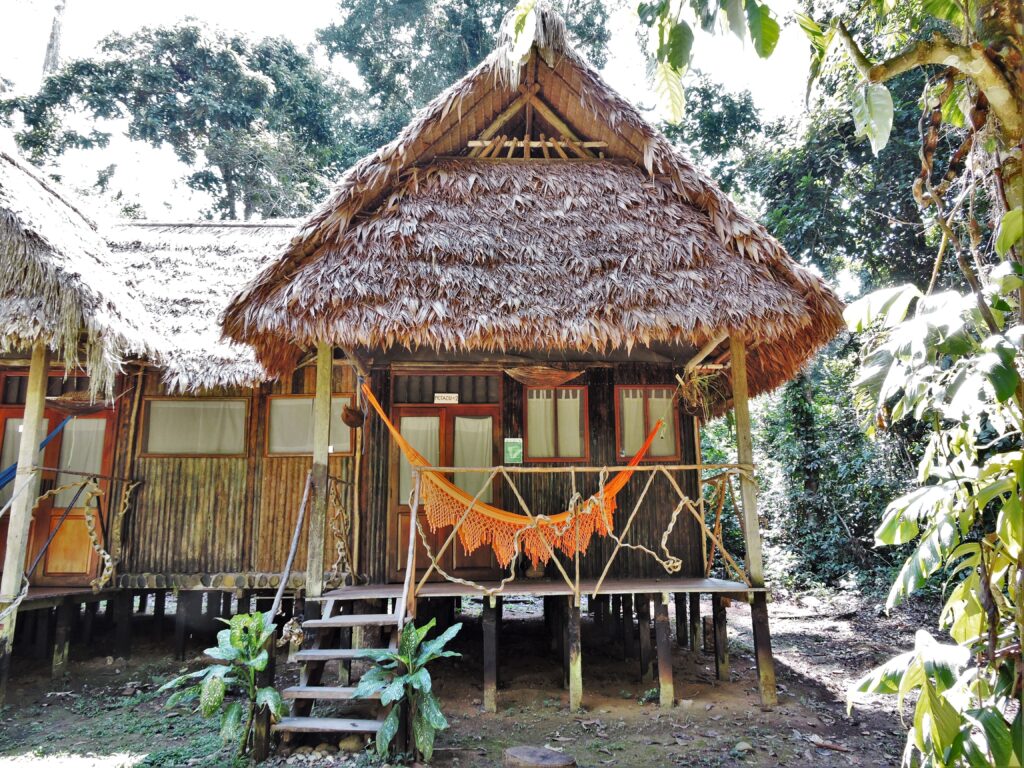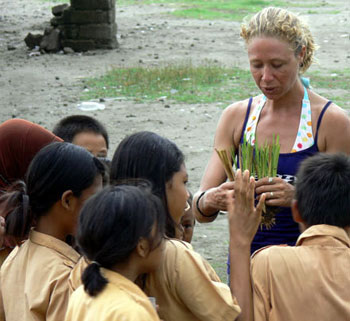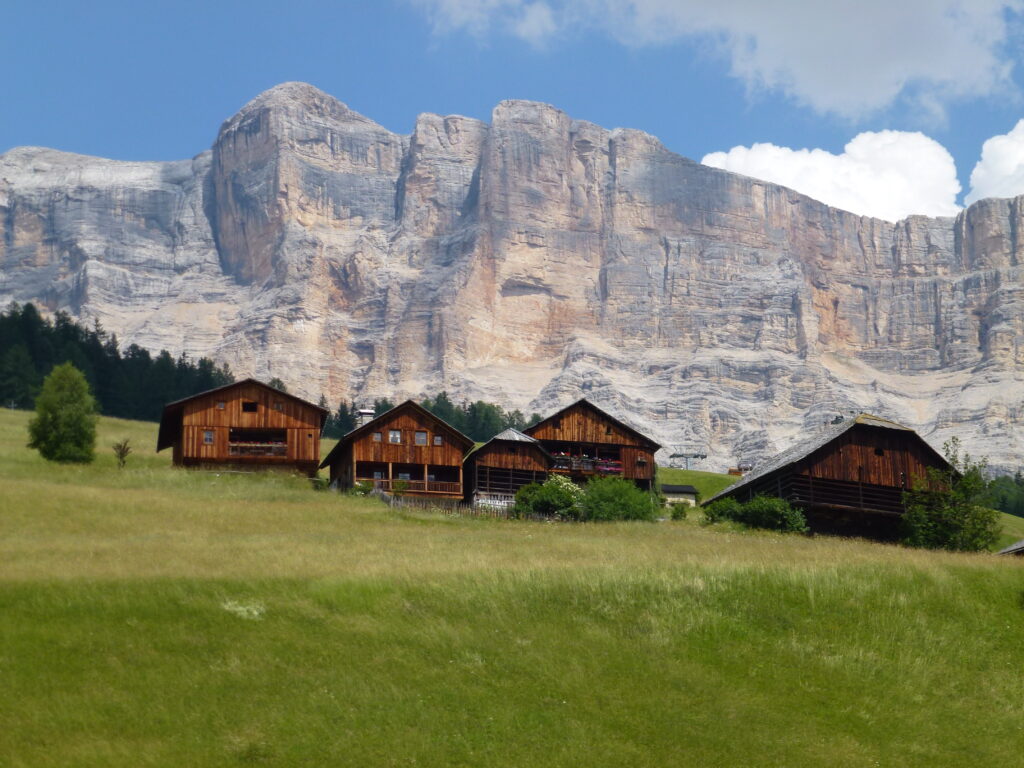How do you write an effective project proposal to participate in a funding call?

An effective project responds directly to the objectives of the call and follows a clear and coherent logical structure. It must:
- Precisely analyse the problem or need to be solved. (e.g. reduction of environmental impact, involvement of local communities, digitalisation).
- Define SMART objectives (Specific, Measurable, Achievable, Realistic, Time-bound). Example: “Increase slow tourism in Park X by 20% within 12 months”.
- Describe detailed activities, with times, resources, and responsibilities.
For each activity:
-
- What will be done?
- How (methodology),
- Who (partners/human resources involved),
- When (timetable).
- Involve partners and beneficiaries (stakeholders) credibly and concretely.
- Present a realistic budget consistent with the call’s activities and rules.
- Provide impact indicators for the expected results and communication strategies.
- Create a monitoring plan.
- Indicate the duration independently over time.
We talk about the sustainability of a project when
- At an economic level, it indicates how it will continue after the financing.
- The environmental impact is considered from an ecological point of view, and concrete actions are indicated to reduce the effects.
- In the social sphere, inclusion, participation, and benefits for the local community are not just words but measurable actions.
In sustainable tourism, a project can include creating ecotourism routes, a pre- and post-impact monitoring plan to reduce the environmental impact, and training local guides to create or increase employment in the area.
Ready to Design Your Own Sustainable Tourism Project?
Start by defining your goals, community needs, and environmental priorities. Need support? Reach out for guidance on project planning and sustainable design strategies.
👉 Contact me to schedule a free consultation or brainstorm session.

Sustainable Tourism Projects example
Chalalán Ecolodge – Bolivia (Latin America)
Located within Bolivia’s Madidi National Park, Chalalán Ecolodge is a community-based ecotourism initiative managed by the Indigenous community of San José de Uchupiamonas. Established in collaboration with Conservation International, the lodge aims to promote conservation and cultural preservation while providing economic benefits to the local community.
Key Features:
- Eco-Friendly Accommodations: The lodge comprises traditional Tacana-style cabins constructed using local materials, powered by solar energy, and equipped with sustainable waste management systems.Wikipedia
- Environmental Education: Guests can participate in guided tours led by community members, offering insights into the region’s rich biodiversity and Indigenous culture.
- Conservation Efforts: Chalalán plays a vital role in preserving the Madidi National Park’s diverse ecosystems, which are home to numerous endemic species.
Learn More: chalalan.com
Nyandungu Eco-Tourism Park – Rwanda (Africa)
Nyandungu Eco-Park is Kigali’s first restored urban wetland, transformed into a 121-hectare eco-park that promotes biodiversity and environmental education. The park serves as a green oasis in the city, offering recreational and educational opportunities for residents and visitors.
Key Features:
- Wetland Restoration: The project involved planting over 17,000 trees of 55 indigenous species, revitalizing the area’s natural habitat.rdb.rw
- Educational Facilities: The park includes botanical gardens, medicinal plant gardens, and information centers to educate the public about environmental conservation.
- Community Engagement: Nyandungu has created over 150 green jobs and offers free entry to school groups, fostering community involvement and environmental stewardship.infrahub.africa.
Learn More: nyandunguecopark.rw
Gili Eco Trust – Indonesia (Asia)
Gili Eco Trust is a non-profit organization based in the Gili Islands, Indonesia, focusing on coral reef restoration, waste management, and environmental education. Established in 2000, the organization works to protect the marine ecosystem and promote sustainable tourism practices.
Key Features:
- Coral Reef Restoration: Utilizing Biorock technology, Gili Eco Trust restores damaged coral reefs, enhancing marine biodiversity and resilience.Trawangan Dive+ Volunteer World+zublu
- Waste Management: The organization implements waste reduction programs, organizes beach cleanups, and promotes recycling initiatives.
- Community Education: Gili Eco Trust conducts workshops and educational programs to raise awareness about environmental conservation among locals and tourists.
Learn More: giliecotrust.com

Sustainable Tourism Projects in Italy
Oltrepò Pavese – Lombardia
Oltrepò Pavese is renowned for its rolling hills, vineyards, and commitment to sustainable tourism.
Highlights:
- Organic Farming: The region boasts numerous organic farms and agritourism establishments that emphasize eco-friendly practices .ecobnb.com
- Eco-Accommodations: Valtidone Verde, an award-winning bio-farm, offers holistic experiences combining sustainability with wellness ecobnb.com.
- Green Mobility: Initiatives like the Greenway Voghera-Varzi promote cycling and walking, reducing carbon footprints .castellotorrazzetta.it + Greenway Voghera- Varzi
Learn More: ecobnb.com
Alta Badia – Trentino – Alto Adige
Nestled in the Dolomites, Alta Badia is recognized for its sustainable tourism practices, particularly through the ATIRA project.
Initiatives:
- ATIRA Project: Focuses on ecological restoration, environmental education, and promoting sustainable tourism activities.
Amur, Teritore, Insegnamënt, Respet, Ambiënt: ATIRA – a series of meetings and excursions aimed at raising residents‘ and visitors’ awareness on issues of crucial importance for a sustainable development of the territory. Alta Badia
- Green Mobility: Encourages the use of e-bikes and public transport to reduce carbon emissions.
Learn More: altabadia.org
These projects exemplify how sustainable tourism can lead to positive environmental and social outcomes. By integrating conservation efforts with community involvement, they offer valuable models for responsible travel worldwide.

Indirect and consolidated sources (not specific to a single call)
Data was provided by ChatGPT and analysed, compared, and evaluated by me.
Manuals and guidelines on European project planning, including:
-
- Guides from the European Commission on how to write projects for Erasmus+, LIFE, and Horizon Europe.
- Guidance documents on structural funds (ERDF, ESF) and rural development funds (PSR).
- CANDIDATE (Project Capacity) manuals developed by various Italian regions (e.g. Emilia-Romagna, Piedmont).
- ISFOL, CSVnet, CEV, training bodies, foundations (e.g. Cariplo, San Paolo.
Experience on Italian national/regional calls, such as:
-
- Calls from the Ministry of Tourism and the Ministry of the Environment.
- Notices from GAL (Local Action Groups) for sustainable rural and tourism development.
- Regional funding (e.g. PNRR Tourism, POR FESR, Invitalia Calls).
Models and practices promoted by institutions and foundations:
-
- Symbola Foundation, Legambiente Tourism, Slow Food.
- Professional associations in the sector (e.g. AITR – Italian Association of Responsible Tourism).
Project management methodologies:
-
- Logical-instrumental approaches such as the Logical Framework Approach (LFA).
- PMI (Project Management Institute) principles.
Sara
Would you like to subscribe to my newsletter? In English, I am using the LinkedIn newsletter. I want to use it because I understand more about who has subscribed via the LinkedIn profile. Here is the link: https://www.linkedin.com/newsletters/7107445901593313280/
